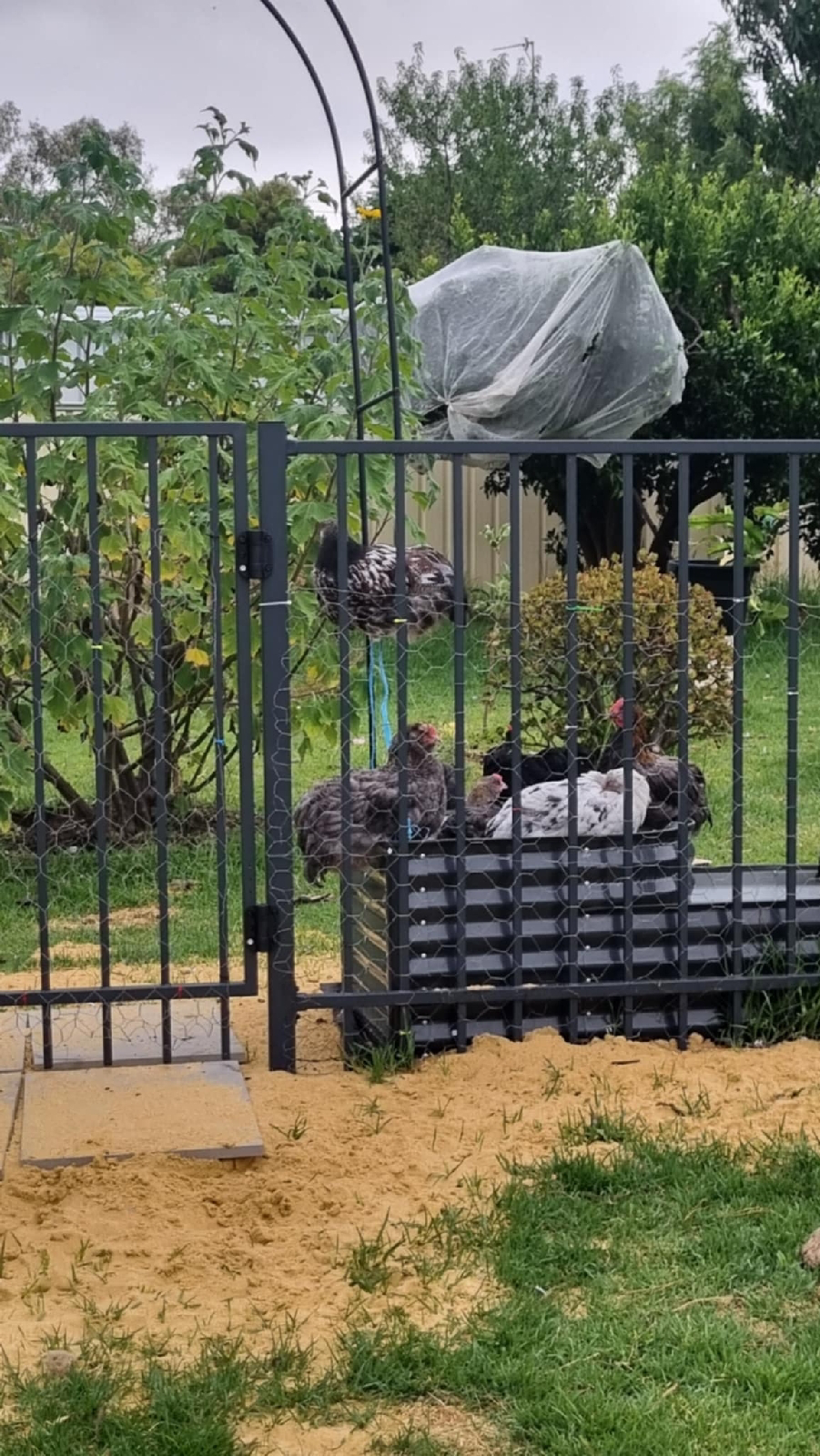We're Getting Married!
By the time this post goes live I will have just gotten married and be absolutely over the moon! I wanted to take this opportunity to talk a bit about wedding bouquets! Its still flower related I promise.
The use of bridal bouquets have been used in many ancient civilisations, including ancient Rome, as they were thought to be symbols of new beginnings, fertility and fidelity, however it was more common for the ancient Greeks and Romans to weave a garland or 'crown' for the bride to wear on her head rather than carry a bouquet.
As times progressed, and with hygiene standards not been quite as high as they are today, the scent of flowers, herbs and spices were used to try mask other, more unsavoury odours, but were also seen as a defence against the trials of wedded life.
Through-out the centuries fragrant herbs, spices and flowers have also been used to ward off bad luck and evil spirits, some were even thought to be natural aphrodisiacs.
Did you know the bridal bouquet as we know it was thanks to Queen Victoria, who, in the 19th century, carried a small posy when she married Prince Albert.
Today, a lot of these meanings have disappeared, and bridal bouquets and flowers are more for complementary purposes and tying together the colour scheme of the big day. Popular wedding flowers now include, sunflowers, orchids, dahlias, peonies, and proteas, with Australian natives making a rwgular appearance, and baby's breath a common choice for a filler plant.
Did you know that brides used to carry a bunch of wheat as a symbol of fertility.
Other common plants that were used for weddings and bouquets include fragrant herbs such as dill and rosemary, both thought to be aphrodisiacs, roses, orange blossom, thistles and many more. Ivy was thought to symbolise a lasting union or a strong bond between the betrothed couple.






Comments
Post a Comment